

Articles
How To Store Dirty Laundry
Modified: October 28, 2024
Discover the best methods for storing dirty laundry with our informative articles. Keep your space organized and laundry fresh with our helpful tips.
(Many of the links in this article redirect to a specific reviewed product. Your purchase of these products through affiliate links helps to generate commission for Storables.com, at no extra cost. Learn more)
Introduction
Doing laundry is a regular chore that most of us have to tackle. Whether it’s the result of a busy lifestyle, a large family, or simply the fact that clothes get dirty, finding an efficient and organized way to store dirty laundry is essential. By implementing the right laundry storage solutions and following a few simple tips, you can keep your dirty laundry contained, organized, and ready for the next wash cycle.
In this article, we will discuss various strategies and ideas for storing dirty laundry, from choosing the right storage solutions to sorting laundry by category and considering odor-control options. So let’s dive in and discover how to store dirty laundry in the most efficient and practical way.
Key Takeaways:
- Efficiently store dirty laundry by choosing the right storage solution, sorting by category, and considering odor-control options. Keep clothes fresh and organized for a hassle-free laundry routine.
- Implement a routine for regularly laundering dirty clothes to maintain cleanliness, prevent clutter, and ensure everyone has clean clothes to wear. Streamline the laundry process for a more efficient and organized living space.
Read more: How To Organize Dirty Laundry
Choose the Right Laundry Storage Solution
When it comes to storing dirty laundry, having the right storage solution can make a big difference in keeping your space organized and your laundry easily accessible. There are several options available, each with its own advantages.
One popular choice is a laundry hamper or laundry basket. These come in various sizes, materials, and designs, allowing you to choose one that suits your needs and fits seamlessly into your home decor. Look for hampers or baskets with handles for easy transport and consider ones with a lid to keep odors contained.
If you prefer a more compact and space-saving option, a laundry bag may be the ideal choice for you. Laundry bags are lightweight, collapsible, and easy to carry, making them perfect for small spaces or for those who need to transport their laundry to a different location for washing.
Another innovative storage solution is a laundry sorter. These typically consist of multiple compartments or sections, allowing you to sort your laundry by color, fabric type, or even by family member. This makes the process of doing laundry more efficient, as you can easily grab the specific items you need without sorting through a jumbled mess of clothes.
Additionally, consider utilizing wall-mounted hooks or racks to hang up items that need to be aired out or kept separate from the rest of the laundry. This could include gym clothes, wet towels, or delicate clothing items that shouldn’t be folded or piled up with the rest of the laundry.
Ultimately, the right laundry storage solution will depend on your personal preferences, available space, and the volume of laundry you generate. Choose a solution that is functional, convenient, and fits seamlessly into your laundry routine.
Sort Laundry by Category
Sorting your laundry by category is a crucial step in keeping your dirty clothes organized and ready for washing. Not only does it save time when it comes to sorting and folding clean laundry, but it also helps prevent color bleeding, damage to delicate fabrics, and the need for time-consuming stain treatments.
Start by separating your laundry into basic categories such as whites, darks, and colors. This will prevent color transfer and ensure that your light-colored clothes remain bright and vibrant. Sorting by color also allows you to adjust water temperature and select appropriate detergents or stain removers for each load.
Next, consider sorting your laundry by fabric type. Delicate fabrics such as silk, lace, or cashmere should be washed separately to prevent damage. These garments may require special care, such as hand-washing or using a gentle cycle, so keeping them separate from other items will ensure they receive the proper treatment.
Additionally, consider sorting your laundry by family member. This can make it easier to track who has what items and can help prevent mix-ups or lost clothes. It can also be helpful when it comes to folding and distributing clean laundry to each person’s designated space.
To make sorting even easier, keep separate laundry bags or bins designated for each category. Label them clearly, and encourage family members to toss their dirty clothes into the appropriate bin. This not only saves time and reduces confusion but also makes the process more efficient for everyone involved.
Remember, sorting your laundry by category not only keeps your dirty clothes organized, but it also helps protect your garments and ensures that they receive the appropriate care during the washing process. Taking a few minutes to sort your laundry before you start washing can save you time and hassle in the long run.
Use a Hamper or Laundry Basket
One of the simplest and most common ways to store dirty laundry is by using a hamper or laundry basket. These storage containers are designed to hold and transport your clothes from one location to another, making the process of collecting and organizing your laundry much easier.
When choosing a hamper or laundry basket, consider the size and capacity based on your laundry needs. If you have a large household with a high volume of laundry, opt for a spacious hamper that can accommodate a week’s worth of dirty clothes. On the other hand, if you have limited space or prefer to do smaller, more frequent loads, a smaller laundry basket may be sufficient.
Look for hampers or baskets with sturdy handles for easy transportation. This allows you to effortlessly carry your laundry from your bedroom or bathroom to the washing machine without dropping or spilling clothes along the way.
Hamper liners or laundry bags can be a great addition to a hamper or laundry basket. These removable bags make it easier to transport your laundry and help keep your hamper clean and odor-free. Simply lift out the bag, tie it up, and take it straight to the washing machine. It also prevents the need to handle each individual item, especially if you have delicate or soiled clothes.
Keep your hamper or laundry basket in a convenient location, such as your bedroom or bathroom, where dirty clothes tend to accumulate. This way, you can easily toss your dirty clothes into the hamper or basket without creating clutter or leaving garments strewn across the floor.
Using a hamper or laundry basket not only provides a designated space for your dirty laundry but also helps keep your living space tidy and organized. It’s a simple yet effective storage solution that can make your laundry routine more efficient.
Separate Delicate and Hand-Wash Items
When it comes to storing dirty laundry, it’s essential to properly separate delicate and hand-wash items from the rest of your clothes. These delicate garments require special care during the washing process to avoid damage and preserve their quality.
To begin, carefully examine your dirty laundry and identify any items that require delicate handling. This may include items made of delicate fabrics such as silk, lace, chiffon, or cashmere, as well as clothing with embellishments or intricate details.
Separate these delicate items from the rest of your laundry and place them in a separate container or bag designated specifically for hand-washing or delicate items. This will help prevent them from getting tangled, stretched, or damaged by other clothes during storage and washing.
When choosing a container or bag for storing these delicate items, opt for materials that are gentle on fabrics, such as a mesh laundry bag or a soft cotton bag. These materials allow for proper air circulation and protect the delicate garments from snagging or catching on other clothes.
Label the container or bag clearly as “delicates” or “hand-wash only” to avoid any confusion and ensure that these items receive the appropriate care during laundry time.
It’s important to note that hand-washing delicate items is often recommended to preserve their quality and prevent damage. Follow the instructions on the garment’s care label for specific hand-washing techniques and use mild detergent appropriate for delicate fabrics.
By separating and storing delicate and hand-wash items separately from the rest of your laundry, you can ensure that these special garments receive the proper care and attention they require. It will help extend their lifespan and preserve their beauty, allowing you to enjoy them for years to come.
Consider Odor-Control Options
Dealing with unpleasant odors from dirty laundry can be a challenge, especially if the laundry is stored for an extended period before washing. To prevent odors from permeating your living space and to keep your dirty laundry fresh, it’s important to consider odor-control options when storing your clothes.
One effective way to control odors is to use laundry bags or hampers with built-in odor control features. These bags are usually lined with materials that help trap and neutralize odors, preventing them from spreading and lingering in the surrounding area. Look for bags with activated charcoal or odor-blocking technology for maximum effectiveness.
If your laundry storage area tends to have a persistent odor, you can also use deodorizers or scent packets to keep your dirty laundry smelling fresh. Place these deodorizers or scent packets inside your hamper or laundry basket to help mask any unpleasant odors until it’s time for washing.
Alternatively, you can create your own natural odor-control remedies by using commonly available household items. For example, adding a few drops of essential oil to a cotton ball and placing it inside your hamper can provide a pleasant scent. You can choose essential oils with naturally refreshing aromas such as lavender, lemon, or eucalyptus.
Another tip is to ensure proper ventilation in your laundry storage area. Good air circulation helps prevent moisture buildup, which can contribute to the growth of bacteria and the development of unpleasant odors. Try to keep the storage area well-ventilated by opening windows, using fans, or positioning the hamper or laundry basket away from damp or enclosed spaces.
Lastly, it’s important to regularly wash your laundry and avoid letting it sit for too long before washing. The longer clothes stay dirty and damp, the more likely they are to develop odors. Implementing a routine for regularly laundering your dirty clothes will not only prevent odors but also keep your clothes fresh and ready to wear.
By considering odor-control options, you can effectively combat unpleasant smells from dirty laundry and maintain a fresh and pleasant environment, even in your laundry storage area.
Store Dirty Laundry in a Ventilated Area
When it comes to storing dirty laundry, it’s important to choose a location that is well-ventilated. Proper ventilation helps prevent moisture buildup, reduces the risk of mold and mildew, and keeps your clothes fresh until it’s time for washing.
Avoid storing your dirty laundry in a closed or unventilated space such as a closet or airtight container. These environments can trap moisture, creating the perfect breeding ground for bacteria and unpleasant odors. Instead, opt for an area with good airflow, such as a laundry room, bathroom, or a dedicated laundry storage space with open shelves or baskets.
If space is limited, consider using breathable storage containers or bags made of mesh or fabric. These allow air to circulate around your dirty laundry, preventing trapped moisture and reducing the risk of musty odors. Avoid plastic bags or containers, as they can trap moisture and promote the growth of bacteria.
It’s also a good idea to periodically check the storage area for any signs of moisture or dampness. If you notice any dampness, address the issue promptly by ensuring proper ventilation, using a dehumidifier, or addressing any leaks or water seepage that may be present.
Additionally, keep your dirty laundry away from direct sunlight, as prolonged exposure to sunlight can fade colors and damage fabrics. Find a storage spot that is away from direct sunlight but still benefits from indirect natural light, which helps reduce any lingering odors.
By storing your dirty laundry in a well-ventilated area, you can minimize the risk of unpleasant odors, mold, and mildew. This ensures that your clothes remain fresh and in optimal condition until you’re ready to wash them.
To store dirty laundry, use a breathable hamper or laundry bag to prevent odors and mildew. Keep it in a well-ventilated area and wash regularly to maintain cleanliness.
Avoid Piling Dirty Clothes on the Floor
One common mistake many people make is piling dirty clothes on the floor instead of properly storing them. Not only does this create a cluttered and messy appearance, but it can also lead to unwanted odors, damage to clothing, and difficulty in finding specific items when it’s time for laundry.
To maintain a clean and organized space, it’s important to establish a designated area for storing your dirty laundry. This can be a laundry hamper, basket, or any other storage solution that suits your needs and space constraints.
Avoid the temptation to simply throw your clothes on the floor when undressing. Instead, make it a habit to immediately place dirty clothes in the designated storage area. Encourage all family members to do the same, making it a household rule to avoid leaving clothes lying around.
When dirty clothes are left on the floor, they can accumulate dust, pet hair, and other debris. These particles can attach to the fabric, leading to a less pleasant washing experience and potentially causing damage to the clothes. By storing the clothes properly, you can minimize the risk of external contaminants affecting your laundry.
Furthermore, piling dirty clothes on the floor can make it difficult to find specific items when it’s time for washing. It can be frustrating to dig through a mound of clothes, potentially causing wrinkling and tangling, and wasting time in the process. Having a designated storage area helps keep your clothes organized, making it easier to locate specific items quickly and efficiently.
In addition to maintaining a cleaner and more organized space, avoiding the habit of piling dirty clothes on the floor promotes a more hygienic living environment. It reduces the chances of attracting pests such as insects or rodents, as well as eliminating potential allergens that may be present on the floor.
By simply implementing the practice of storing dirty clothes in a designated area, you can keep your living space tidy, protect your clothes from damage, and save time when it’s time for laundry.
Utilize Hanging Storage for Delicate Clothing
When it comes to storing dirty laundry, delicate clothing requires special care to preserve its quality and prevent damage. One effective storage solution for delicate items is utilizing hanging storage options.
Hanging storage allows you to keep delicate clothing items separated and prevents them from being crushed or wrinkled. Here are a few tips on how to effectively utilize hanging storage for delicate clothing:
First, invest in good-quality hangers that provide proper support and prevent stretching or distortion of the fabric. Avoid using wire or flimsy hangers that can leave imprints or cause damage to delicate fabrics. Opt for padded or velvet hangers that provide a gentle grip and help maintain the shape of the garment.
Next, consider the weight and length of the garment when choosing the appropriate hanger. For delicate dresses or blouses, use wide or contoured hangers that evenly distribute the weight and prevent shoulder marks or creases. For delicate skirts or pants, opt for clip hangers that securely hold the fabric without causing any damage.
When hanging delicate clothing, take care to avoid overcrowding. Give each garment enough space to breathe and prevent them from rubbing against each other, which can lead to abrasions or color transfer. This will also make it easier to access and retrieve specific items when needed.
For delicates that are prone to wrinkling, such as silk blouses or dresses, consider using garment bags or protective covers. These clear or fabric bags can be hung alongside the delicate clothing, providing an extra layer of protection from dust and preventing the garments from getting tangled or snagged.
When storing delicate clothing items in hanging storage, it is important to keep them in a clean and dry area. Avoid areas with excessive moisture, as it can lead to mold or mildew growth. Ensure that the storage space is well-ventilated to prevent any musty smells from developing on the garments.
By utilizing hanging storage for delicate clothing, you can help preserve the integrity and beauty of these special items. Hanging storage allows for proper support and prevents crushing or wrinkling, ensuring that your delicate garments remain in excellent condition until they are ready to be worn or laundered.
Read more: How To Store Laundry Detergent
Use Zippered Laundry Bags for Small Items
When it comes to storing small items of dirty laundry, such as socks, lingerie, or baby clothes, using zippered laundry bags can be a game-changer. These bags provide a convenient and effective solution to keep small items together, prevent them from getting lost or damaged, and make the washing process less time-consuming.
Zippered laundry bags come in various sizes and designs, making it easy to find the perfect fit for your specific needs. Look for bags with fine mesh fabric to allow water and detergent to circulate freely while protecting delicate items.
One of the main advantages of using zippered laundry bags is that they keep small items contained, preventing them from getting tangled with larger pieces of clothing. This avoids the hassle of having to untangle and sort through a jumbled mess of socks or delicates after they’ve gone through the washing machine.
Zippered bags also protect delicate fabrics from snagging or stretching, as they provide a barrier between the small items and the rest of the laundry. This is especially important for lingerie, bras with underwire, or items with lace or intricate details that can easily get damaged in a regular wash cycle.
When using zippered laundry bags, it’s important to avoid overstuffing them. Leave enough space for the small items to move freely inside the bag, ensuring that they receive proper cleaning and rinsing. Overcrowding the bag can limit water circulation and result in less effective cleaning.
Another benefit of using zippered laundry bags is that you can easily transport them from the storage area to the washing machine, thanks to their convenient handles. This eliminates the risk of losing or misplacing individual socks or small items and makes it much more efficient to transfer them to and from the laundry room.
After washing, zippered laundry bags can also be used for drying small items. Hang the bag on a clothesline or use a drying rack, allowing air to circulate and dry the contents without the need for hanging individual items or using clothespins.
By utilizing zippered laundry bags for small items, you can streamline the washing process, protect delicate fabrics, and ensure that no socks or small garments go missing. It’s a simple yet effective solution that adds convenience and efficiency to your laundry routine.
Label or Separate Clothes for Specific Washing Instructions
When storing dirty laundry, it’s important to pay attention to specific washing instructions for different garments. To ensure that each item receives the appropriate care during the wash cycle, consider labeling or separating clothes based on their specific washing requirements.
One way to label clothes is by using small tags or labels attached to each garment. These can be purchased at craft stores or online, or you can even make your own using string or ribbon. Write important washing instructions on the tags, such as “hand wash only,” “dry clean,” or specific temperature or cycle recommendations.
Another option is to sort clothes by their washing requirements. Create separate piles or storage containers for different categories, such as “hand wash,” “delicates,” “machine washable,” or “dry clean only.” This method allows you to easily grab the appropriate pile when it’s time to do laundry and ensures that each item is washed according to its specific needs.
For more convenience, consider color-coding your wardrobe based on washing instructions. Assign a specific color or pattern to each washing requirement category and use color-coded tags, labels, or clothing clips to mark each item accordingly. This visual system helps you quickly identify the appropriate care instructions for each garment.
Separating clothes according to washing instructions can also help prevent accidental damage. Mixing items that require delicate handling with regular machine-washable clothes can lead to tangling, stretching, or color bleeding. By keeping them separate, you can avoid potential mishaps and ensure that every garment receives the care it deserves.
Remember to carefully read the care label on each garment when determining the appropriate washing instructions. Follow any special recommendations or warnings, such as avoiding bleach or using a gentle cycle. This will help maintain the quality and longevity of your clothes and give them the best chance to look their best after washing.
By labeling or separating clothes for specific washing instructions, you can ensure that your laundry routine is efficient, your clothes are well-maintained, and that each garment receives the care it needs for optimal cleanliness and longevity.
Implement a Routine for Regularly Laundering Dirty Clothes
Establishing a routine for regularly laundering dirty clothes is essential for maintaining cleanliness, organization, and freshness in your home. By following a consistent laundry schedule, you can prevent the accumulation of dirty clothes, keep your living space tidy, and ensure that everyone always has clean clothes to wear.
Here are some tips on how to implement an effective routine for regularly laundering dirty clothes:
1. Set a regular laundry day or time: Choose a specific day or time of the week that is dedicated to doing laundry. This helps create a routine and prevents dirty clothes from piling up over time. Consistency is key to staying on top of your laundry tasks.
2. Sort and treat stains promptly: As soon as you notice a stain on a piece of clothing, address it promptly. Use stain removal sprays, color-safe bleach, or natural stain-removing solutions to treat the stain before it sets in. Sorting stains and treating them immediately will make the washing process more effective and ensure that stains are properly removed.
3. Separate by color and fabric type: Before starting a load of laundry, separate your clothes by color and fabric type. This prevents color bleeding and ensures that delicate fabrics receive the appropriate care. Washing whites separately from darks and sorting by fabric type will help preserve the integrity and appearance of your clothes.
4. Follow care instructions: It’s important to read and follow the care instructions on the garment’s label. Pay attention to recommended water temperature, cycle settings, and any additional care guidelines. Following the instructions will help extend the lifespan of your clothes and maintain their quality.
5. Use an efficient washing machine and detergent: Invest in a washing machine that suits your household’s needs and is energy-efficient. Choose a detergent that is suitable for your clothes and the water hardness in your area. Using the right washing machine and detergent will ensure optimal cleanliness and prevent damage to your clothes.
6. Dry and fold clothes promptly: Once the washing cycle is completed, remove the clothes from the machine and either hang or fold them promptly. Hanging garments helps prevent wrinkles, while folding ensures that they stay organized and ready for wearing. Avoid leaving clothes sitting in the machine for too long, as this can lead to odor or mildew issues.
7. Establish a system for putting away clean clothes: Develop a system for distributing clean clothes to each family member. This can include assigning designated drawers, shelves, or hangers for each individual. Make it a habit to put away clean clothes as soon as they are dry and folded to avoid clutter and confusion.
By implementing a routine for regularly laundering dirty clothes, you can streamline your laundry process, reduce clutter, and maintain a clean and organized living space. Consistency and attention to detail will ensure that you always have fresh and clean clothes at your disposal. Plus, it will make the task of doing laundry feel more manageable and efficient.
Conclusion
Storing dirty laundry in an organized and efficient manner is essential for maintaining cleanliness and order in your home. By following the tips and strategies mentioned in this article, you can ensure that your dirty laundry is effectively stored and ready for the next wash cycle.
Choosing the right laundry storage solution, such as hampers, laundry baskets, or laundry bags, provides a designated space for your dirty clothes and keeps your living space clutter-free. Sorting your laundry by category, color, and fabric type helps prevent color bleeding, damage to delicate fabrics, and saves time during the washing process.
Considering odor-control options, such as using odor-controlling hampers or using deodorizers, helps keep your dirty laundry fresh and prevents unwanted smells from permeating your living space. Storing your laundry in a well-ventilated area helps prevent moisture buildup and maintains the freshness of your clothes until they’re ready to be washed.
Avoiding piling dirty clothes on the floor and utilizing hanging storage methods for delicate clothing protects your clothes from damage and keeps your space neat and organized. Using zippered laundry bags for small items and labeling or separating clothes based on specific washing instructions ensures that each garment receives the proper care during laundering.
Lastly, implementing a routine for regularly laundering dirty clothes helps maintain cleanliness, prevents the accumulation of dirty laundry, and ensures that everyone in your household always has clean clothes to wear. By setting a laundry day, sorting and treating stains promptly, and following care instructions, you can streamline your laundry process and keep your clothes in optimal condition.
In conclusion, by incorporating these strategies into your laundry routine, you can effectively store your dirty laundry and maintain a clean and organized living space. By giving your laundry the attention it deserves, you’ll be rewarded with fresh, clean, and well-preserved clothes that are ready to be worn and enjoyed.
Frequently Asked Questions about How To Store Dirty Laundry
Was this page helpful?
At Storables.com, we guarantee accurate and reliable information. Our content, validated by Expert Board Contributors, is crafted following stringent Editorial Policies. We're committed to providing you with well-researched, expert-backed insights for all your informational needs.
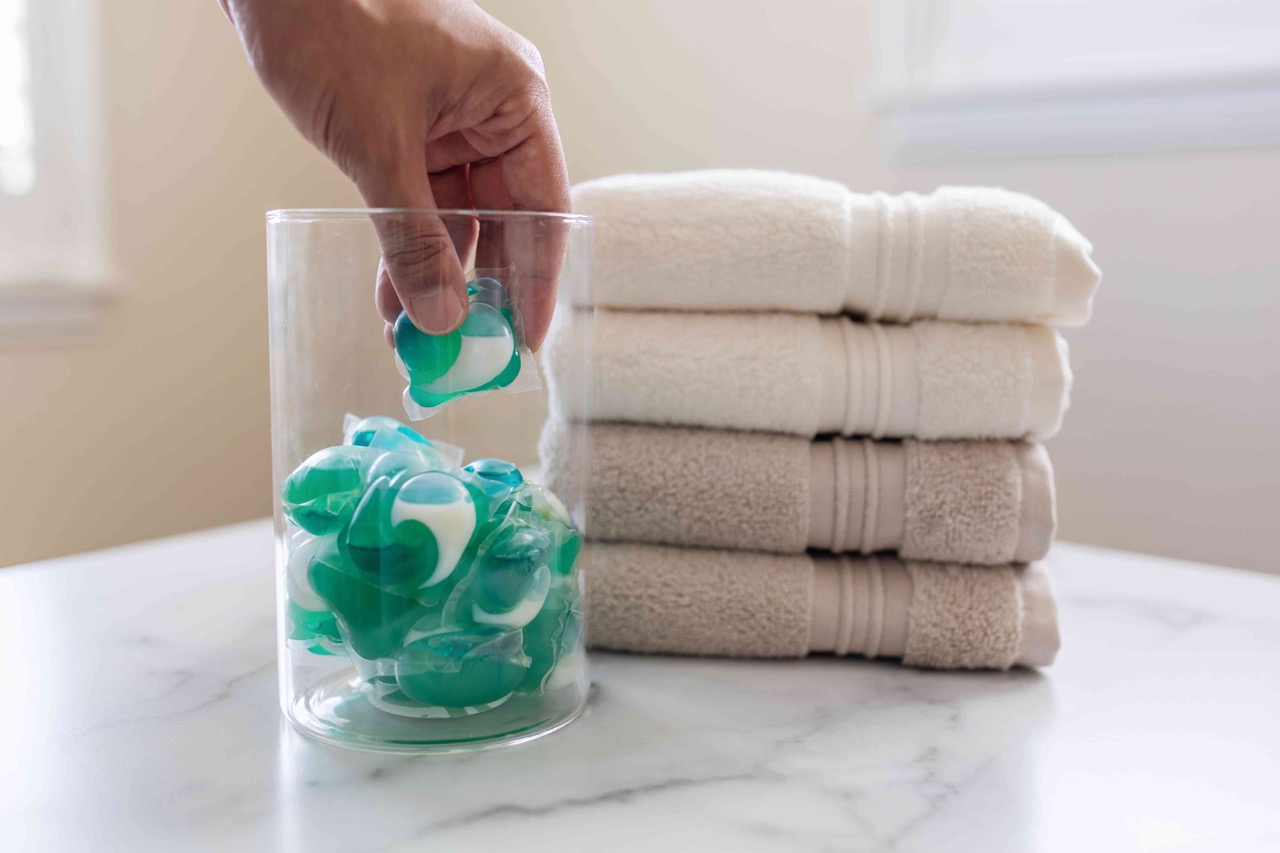
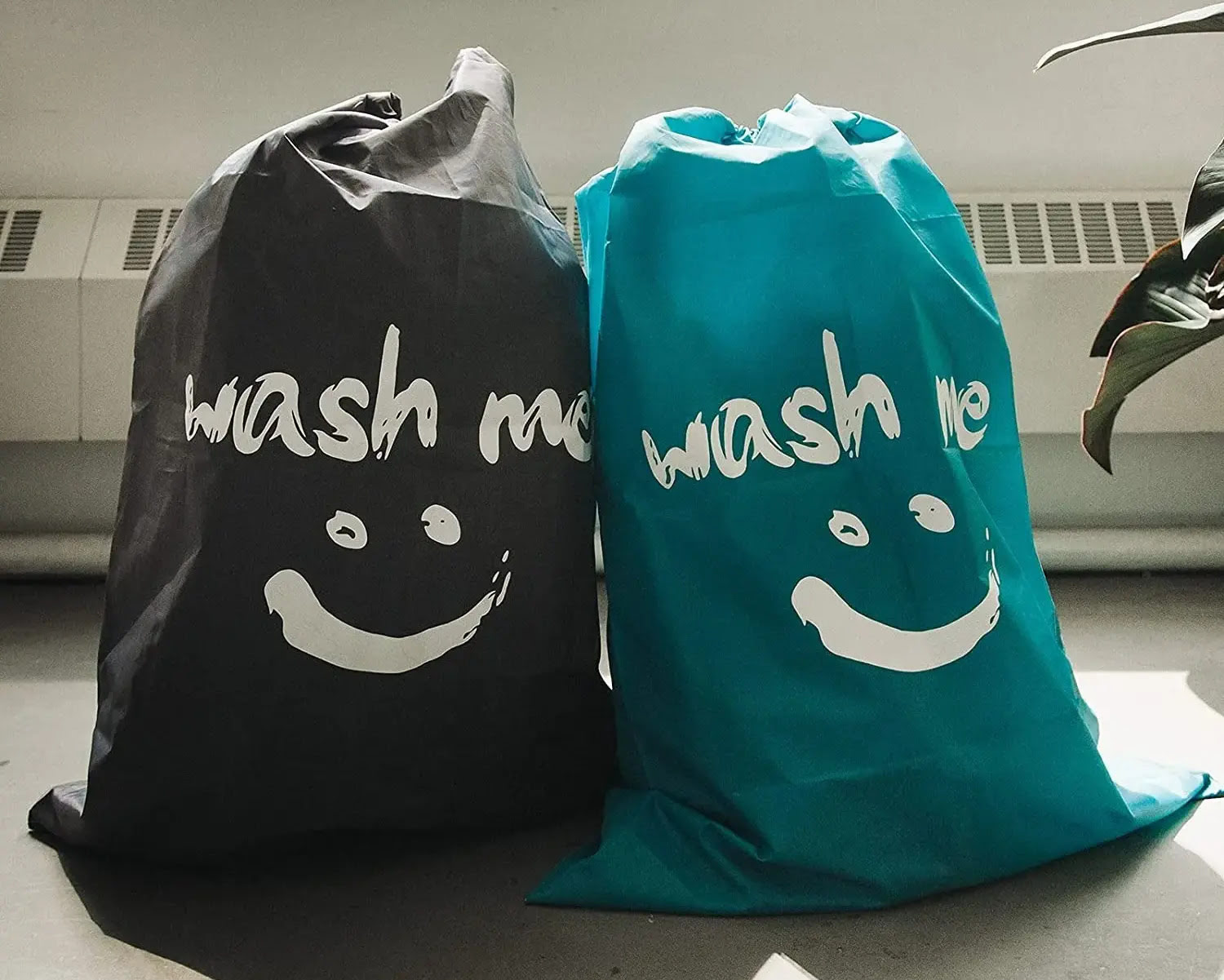
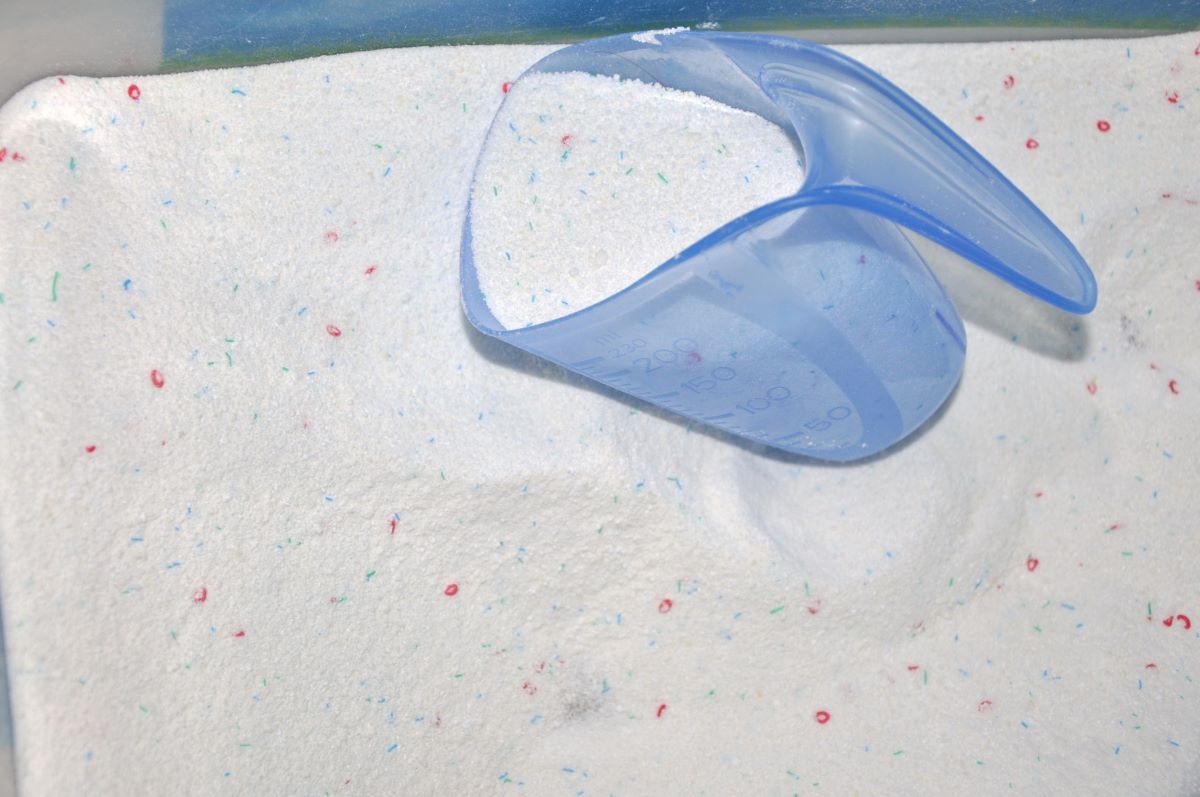



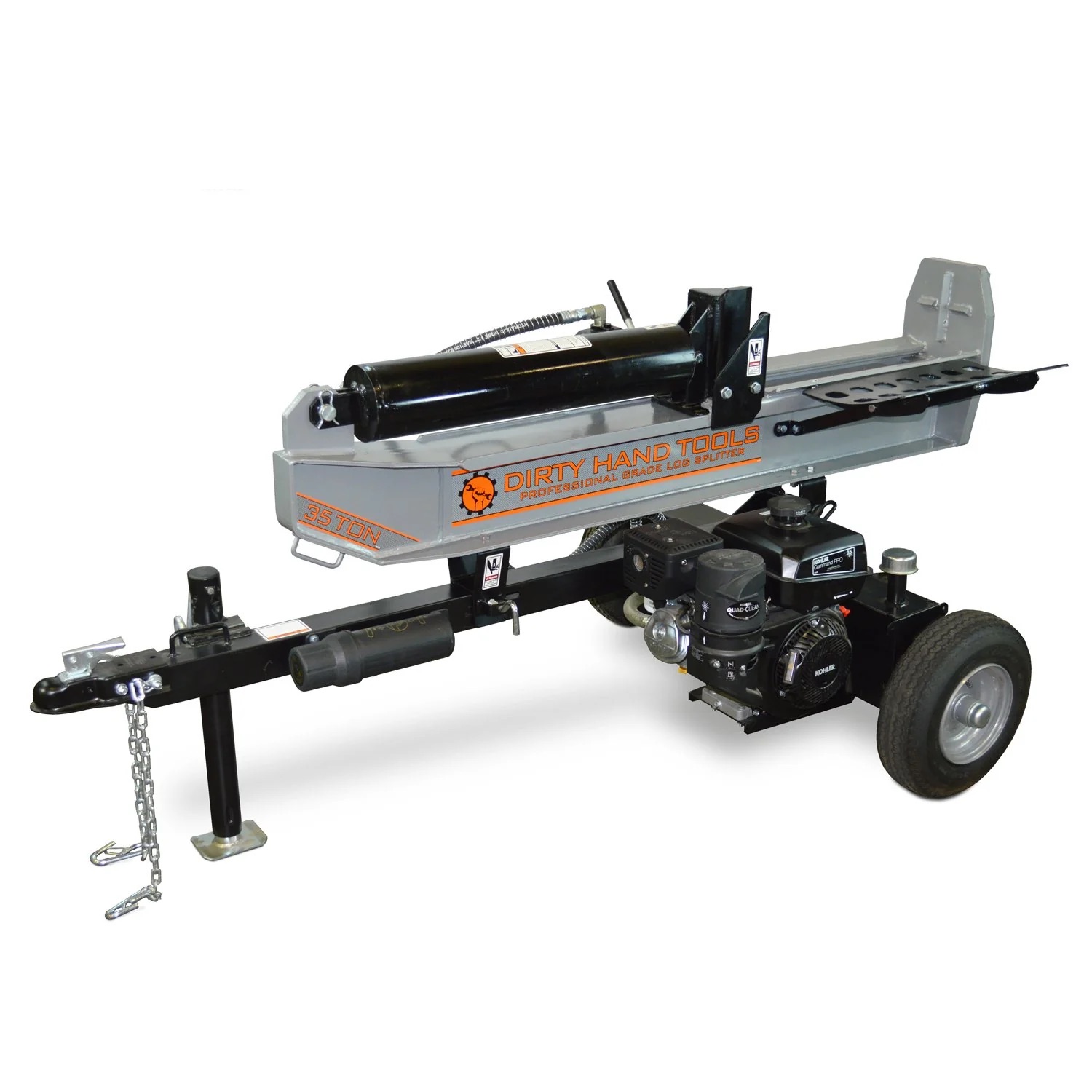


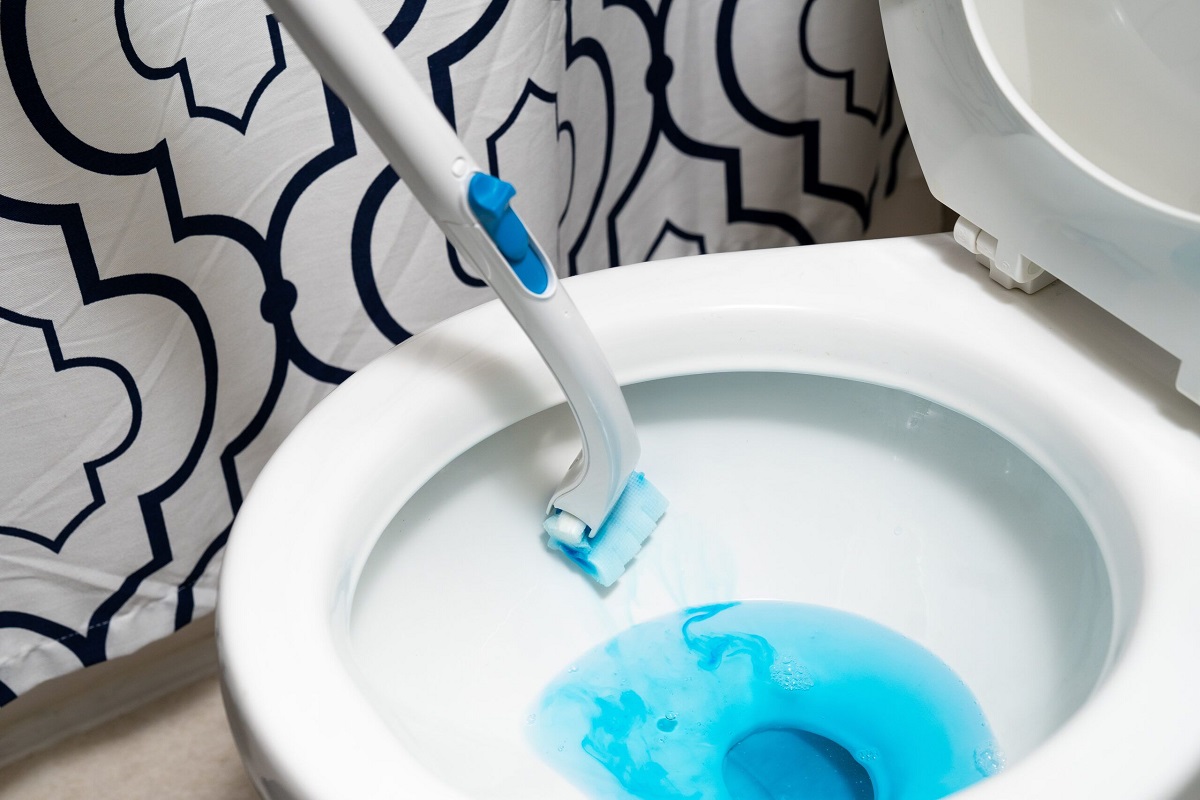
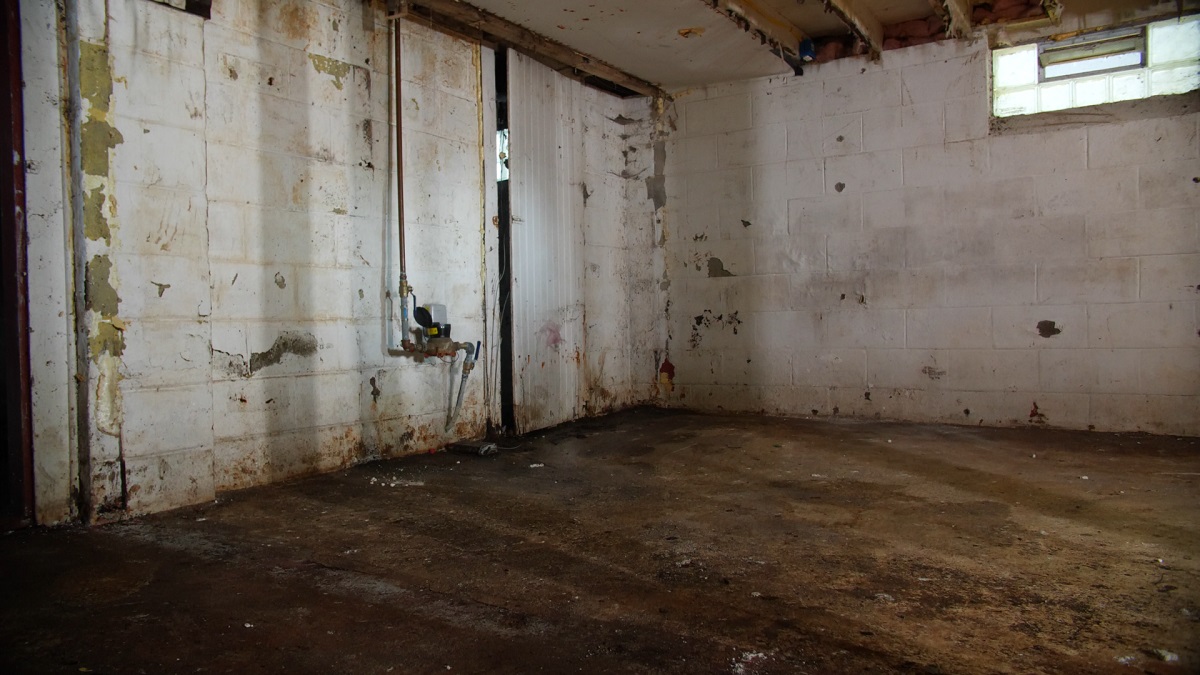
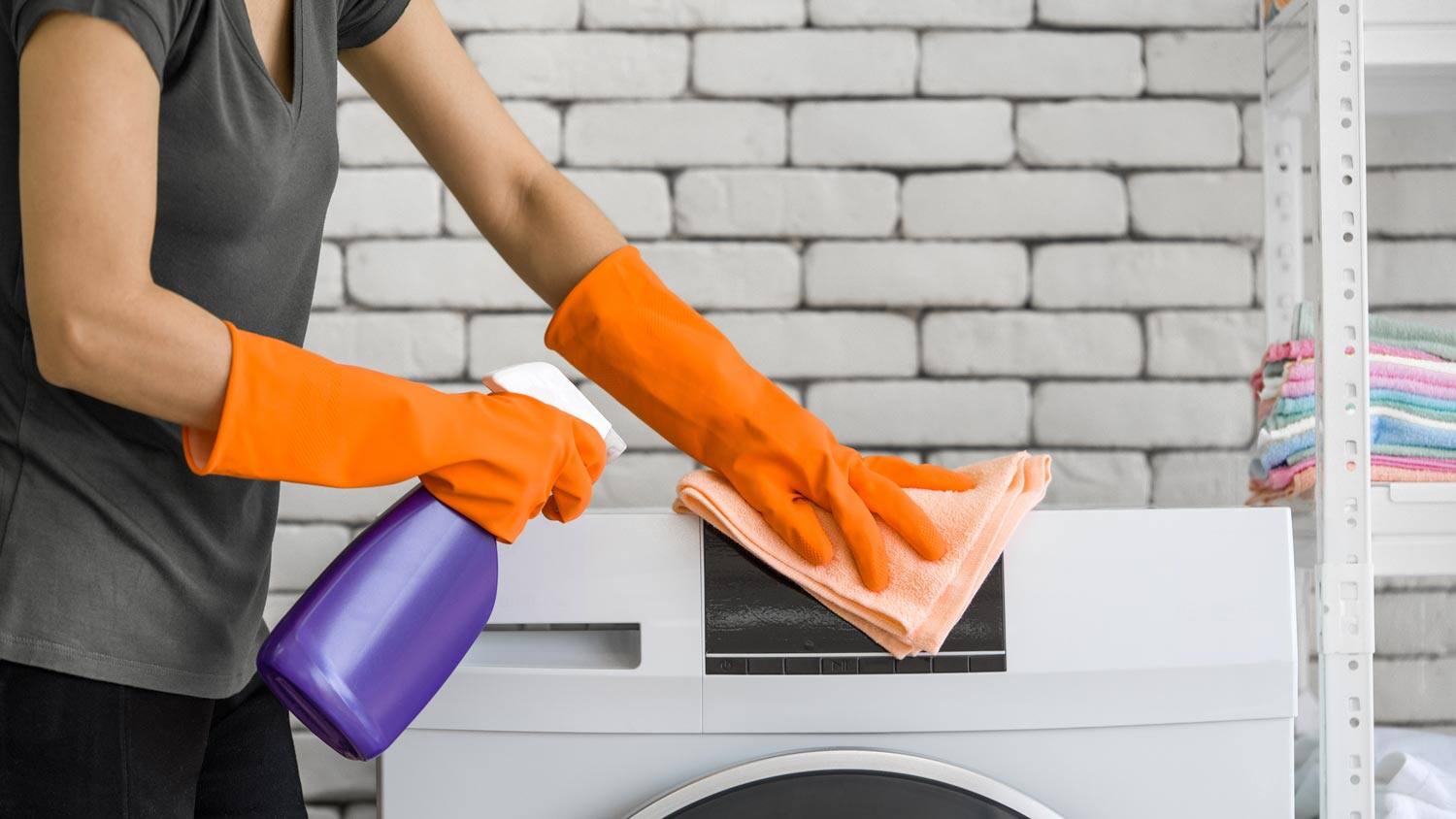


0 thoughts on “How To Store Dirty Laundry”